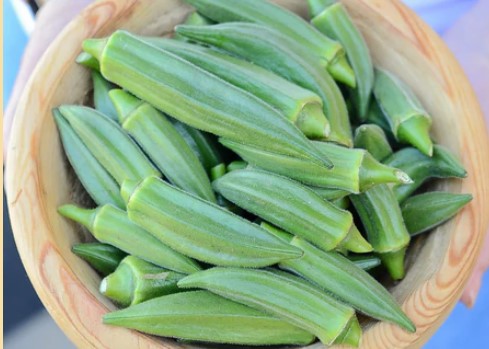Jambalaya Okra
Abelmoschus ‘Jambalaya’
Characteristics
- Type: Vegetable, Hybrid
- Zone: 5 – 11
- Height: 5 – 6 Feet
- Spacing: 12 – 18 Inches
- Sun: Full Sun
- Soil: Moist, Well-Drained, pH 6.5 – 7.0
- Disease Resistance: None
- Days to Maturity: 50
Culture
Jambalaya Okra is a hybrid variety that is the most productive variety of okra that we’ve ever grown. If you want to be the first one on the block to have okra in the spring, this is the variety for you. Compact plants can start producing okra pods at 1-2′ tall and will continue producing as plants grow to 5-6′ tall. When harvested regularly, plants will produce heavy yields of delicious okra multiple times a week. Jambalaya produces meaty pods that are best picked when 4-6″ long.
Jambalaya Okra may be direct-seeded or transplanted. In early spring, we recommend transplanting to get a jump start on the growing season. Okra prefers warmer temperatures for seed to germinate. By transplanting, you can have plants in the ground before the soil temperature warms enough to direct seed. For late spring and summer plantings, direct seeding is preferred. We suggest succession planting okra throughout the warmer months. Once plants get tall, they may become less productive, and harvesting will become more difficult. As a result, we recommend planting a crop of okra in spring, summer and again in fall.
Noteworthy Characteristics
Jambalaya Okra is an extra-early maturing variety that boasts a very compact plant with small leaves.
Problems
Click here for more information about disease issues and pests.
Uses
Pods are great when pickled, fried or boiled or incorporated raw into a salad. For pickled okra, smaller pods may be desired.
